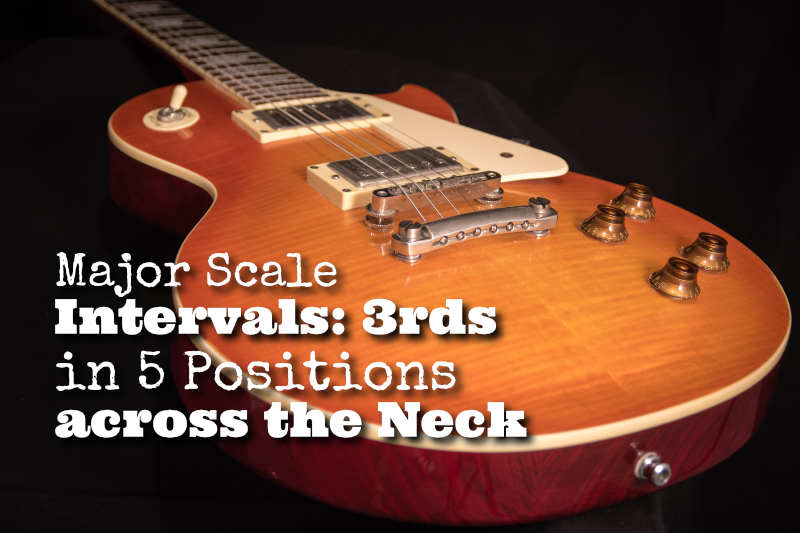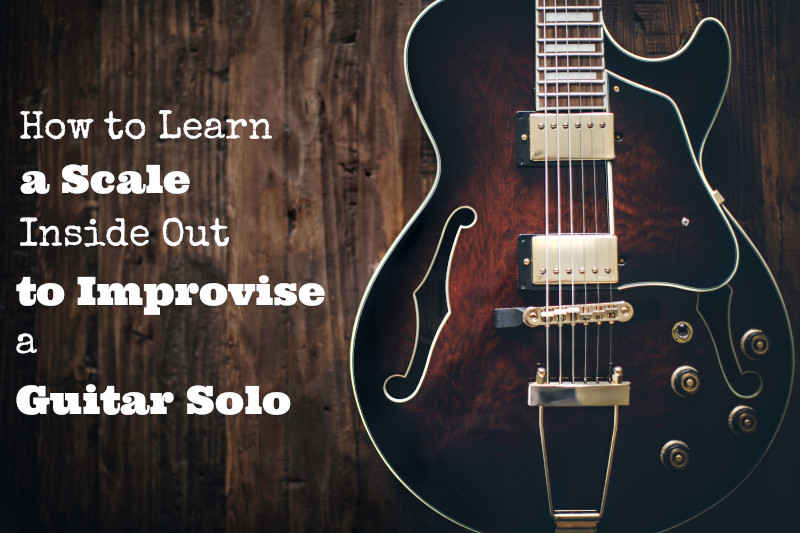
Hi folks, today we’re going to dive into the one-octave major scales Part II. A nice, compact, clear and focused guitar lesson. If you haven’t learned the part I yet, you can check it out here: Effective One-Octave Major Scales and Why! Part I
Reminder Why You Want to Learn One-Octave Scales
Remember, you want to learn the one-octave major scale to easily identify the shape and structure of the scale, the notes within the scale, and the intervals. Moreover, the one-octave scale is easier to play for beginners and opens new doors, breeds new insights and improves the playing of intermediate guitar players.
Starting from the Root Note on the A-string
Today we are learning three major scale shape/patterns with the first (root) note starting on the A-string (5th string).
Tip: Learn and memorize the notes on the A-string so you can instantly recognize the key of the scale when you want to move the scale up or down the fretboard.
Major Scale Fingering
For the major scale examples and tablature below I’ve notated the fret-hand fingering. The numbers next to the notes on the note staff right above the tablature indicates the fret-hand fingers:
| 1 = index | 2 = middle finger |3 = ring finger | 4 = pinky |
How to read tablature? Check out How to Read Guitar Tabs – Tablature
The numbers in the yellow neck diagrams also indicate the fret-hand fingering. The neck diagrams also clearly show what the shape or pattern looks like. Learn to visualize and memorize the shape of each pattern.
Make sure you play the scale shapes using alternative picking. Strictly use alternating down and up strokes. The first note you play is a downstroke, the second an upstroke, the third one a downstroke, the fourth one an upstroke and so on.
Practice the scale in every Key
In the examples below we play the G major scale, but the goal is to learn these scale shapes/patterns in every key. Once you got the scale under your fingers learn the pattern in different keys. Just move the entire scale up or down the fret and change keys easily. Need more help with that? A more detailed explanation on this in Part I
Without further ado..
Enjoy!
MAJOR SCALE SHAPES – ROOT NOTE STARTS ON THE 5TH STRING
G MAJOR SCALE fingering / shape / pattern #4







